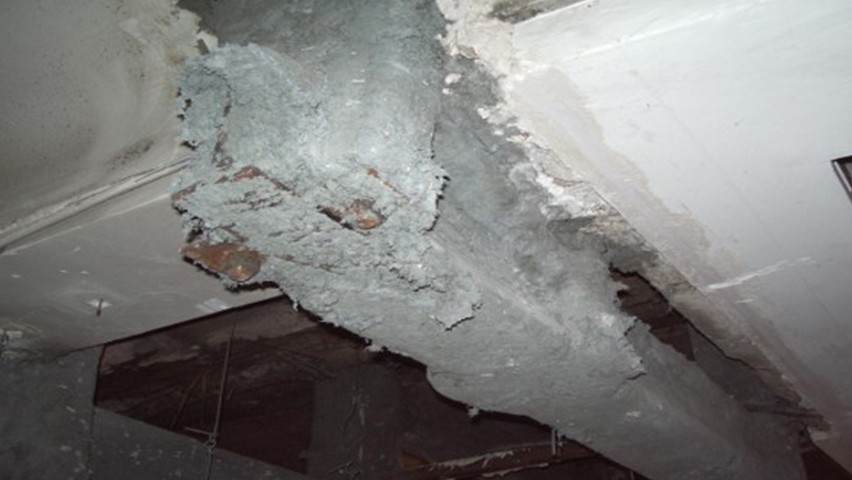Guideline for asbestos surveys in preparation for work in and on older buildings (04/2020)
Asbestos was used in a variety of applications, including in the construction industry and as building materials in Germany, until its use and marketing was banned in October 1993. Beyond this date, asbestos cement products were still allowed to be used in civil engineering. In buildings constructed before this ban, it is therefore to be expected that building materials containing asbestos will be encountered in the course of construction or renovation measures. In addition to the generally known asbestos cement products such as corrugated roofing sheets and façade panels, these building materials also include fire protection materials and certain floor coverings and their adhesives, as well as plasters, fillers and tile adhesives.
In their undisturbed state, these building materials do not pose any health hazards as long as they are undamaged and not subject to wear, e.g. due to mechanical stress.
In the case of construction work on existing buildings, however, there is a risk that asbestos fibres may be released by unsuitable processing methods and cause health hazards for the workers and, subsequently, also for the users.
The guideline is intended to serve as a planning aid for building owners and planners and to evaluate the affected components and building materials in advance of planned conversion, renovation or modernisation measures by means of a step-by-step asbestos survey according to a flow chart and to determine any necessary protective measures. After a historical investigation (building age before 10/1993: review of building files), a further investigation can be dispensed with if work is carried out under an asbestos assumption in accordance with the regulations of TRGS 519 "Asbestos: Demolition, Refurbishment or Maintenance Work". If a general suspicion of asbestos cannot be ruled out, further investigations are necessary if work is not to be carried out in accordance with TRGS 519. This may result in a high savings potential. It is recommended that the quality of the investigation be such that all subsequent steps (implementation planning, performance specifications, occupational and user protection, separation, declaration and disposal of waste) can be derived from it.
However, the guideline, which addresses not only planners and building owners but also tenants and, in the case of building activities, neighbourhood assistance, is not a normative or legal basis but a recommendation for action.
The guideline was developed by the Federal Institute for Occupational Safety and Health (BAuA) in cooperation with the Federal Environment Agency (UBA) and the Federal Institute for Research on Building, Urban Affairs and Spatial Development (BBSR) and is available for download here:
https://www.baua.de/DE/Angebote/Publikationen/Kooperation/Asbesterkundung.html
Our business areas
Environmental and geotechnical engineering
Construction and project management
Renewable energies
Real estate development
Infrastructure
Water management
Our companies
M&P Engineering Company
M&P Engineering Company Munich
T&P Beratende Ingenieure
P&P Real Estate Consulting
P&B Real Estate Management
P&M Project Management
M&P Umwelttechnik
Please contact us
Follow us on


